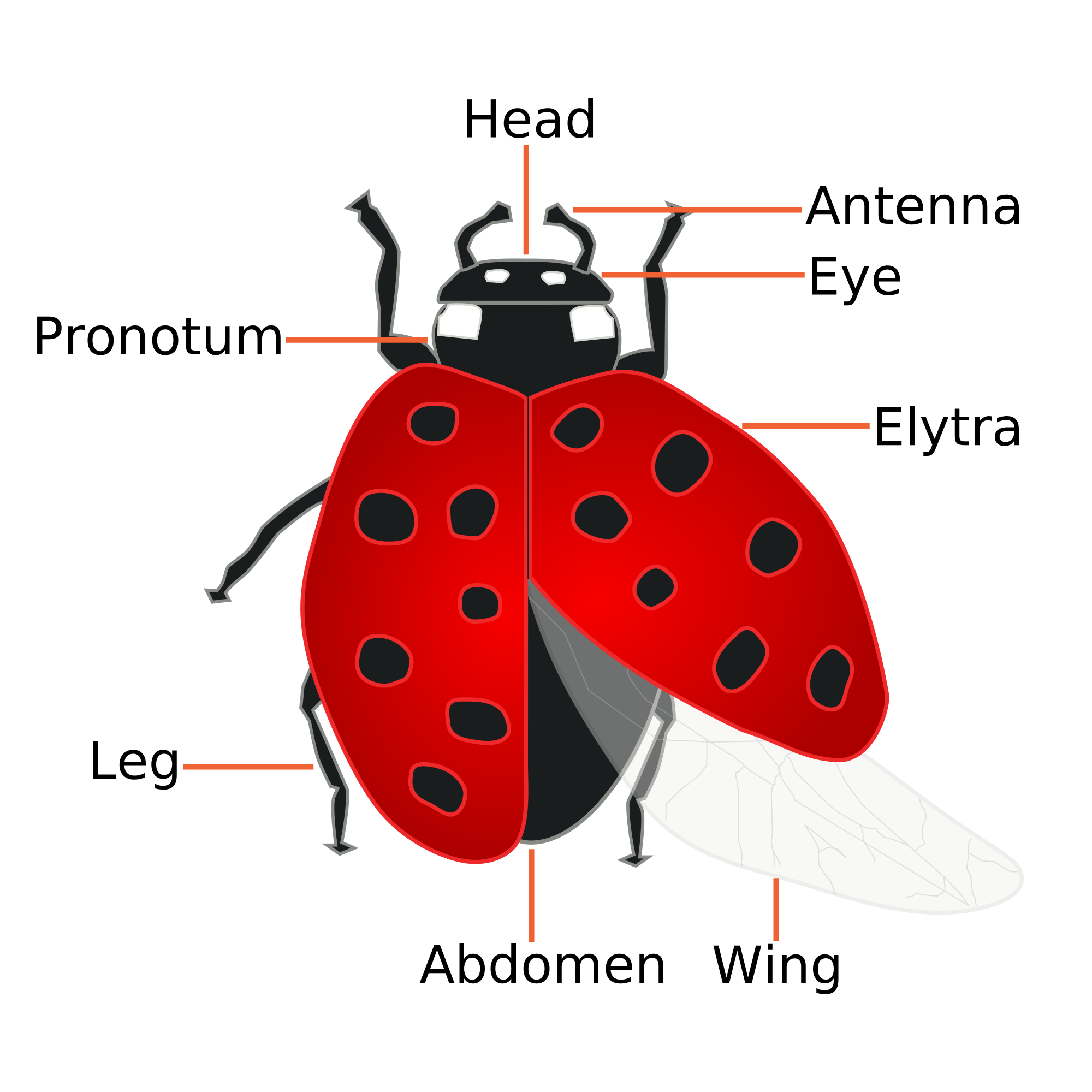Ladybugs… those round red bugs with black polka dots seem to fascinate both kids and adults alike. They are often put as a subject in murals for kindergarten schools or classrooms.

- Check this out: Ladybugs are not bugs but BEETLES.
- According to Entomology, the term bug is applied for insects under the order of Hemiptera. Ladybugs, on the contrary, fall under the order of Coleoptera where beetles are found. In Europe, ladybugs are dubbed as ladybird beetles or simply as ladybirds.
- The color of a ladybug frightens or warns predators.
- While most humans find the color of a ladybug cool or fascinating, its predators find it as a fair warning by the way. Insectivores find the mixture of red and black repulsive so they tend to keep away from these adorable beetles.
- A ladybug can eat as much as 5,000 aphids in its lifetime.
- Gardeners welcome the presence of the ladybugs in their gardens for they prey on soft-bodied insects like aphids that munch on the plants. The meal of a ladybug range from scale insects, mites, white flies and—of course—aphids.
- Ladybugs do practice cannibalism.
- Survival is a dirty game at times that it requires the life of others to be sacrificed. In the case of the ladybugs, this world could be very harsh at times. If the food is scarce, ladybugs eat each other in order to survive. A hungry ladybug can eat its soft-bodied kin (or even egg and pupae) it encounters along the way.
- Adult ladybugs hibernate in large groups into protected areas.
- As days become shorter and temperature falls, ladybugs look for areas such as behind the bark, under leaves or other safe locations. Thousands of ladybugs gather into one group and travel into warmer places.
